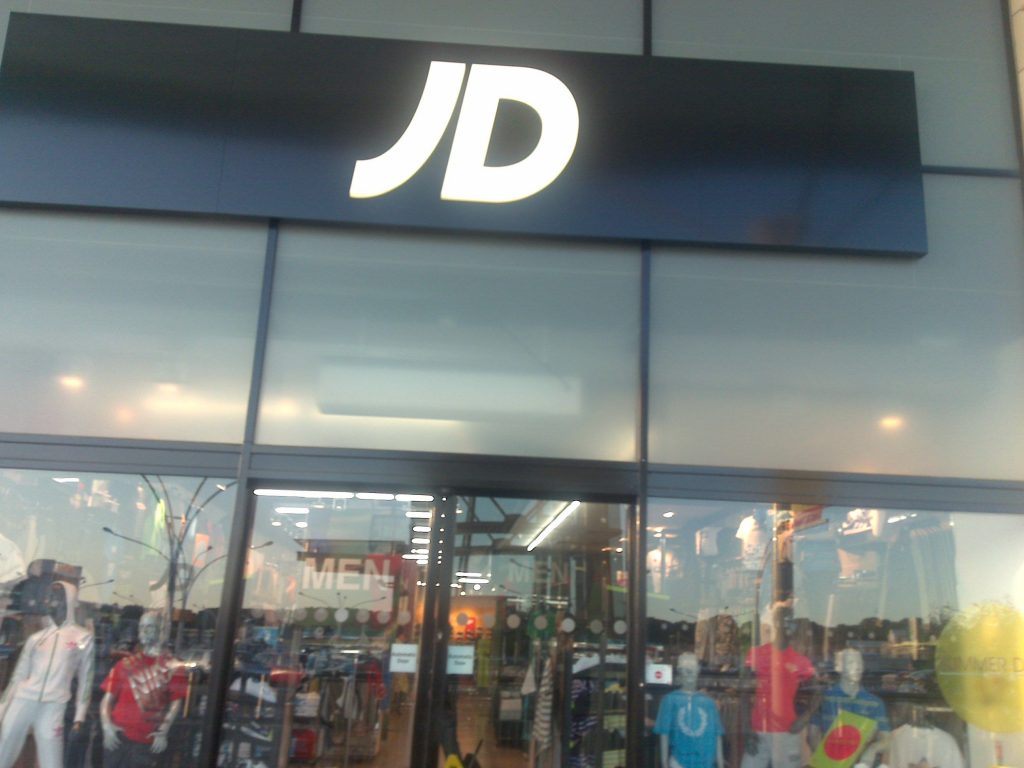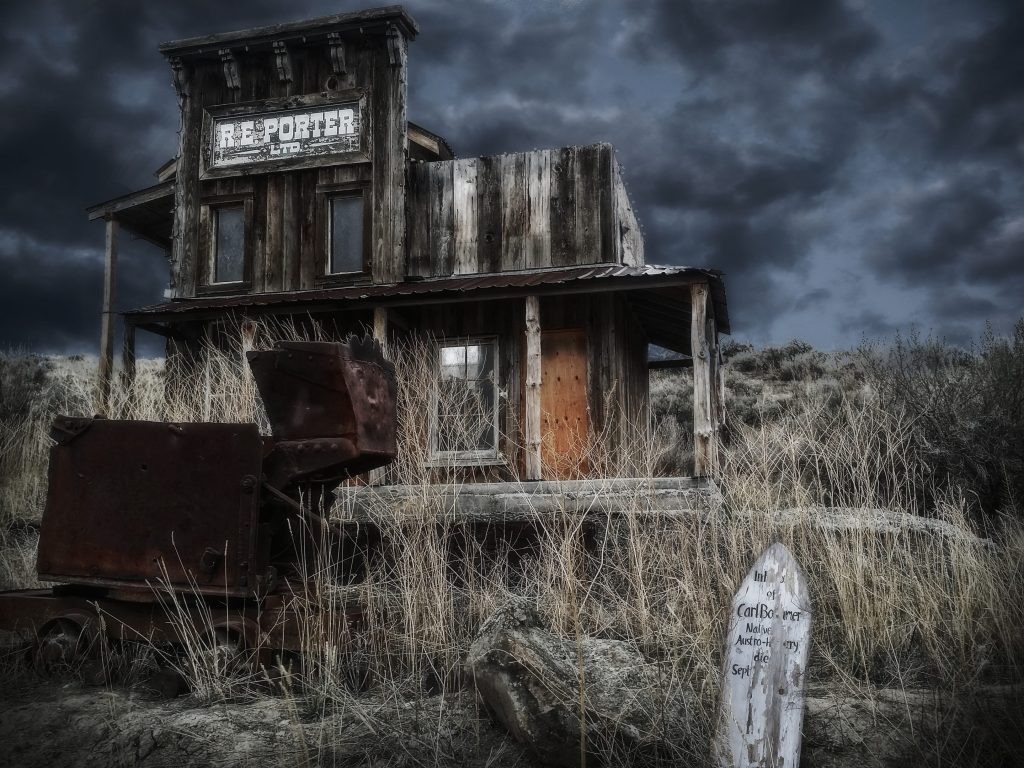
JDSports – Bucking the trend and creating massive growth with average customer experience and a declining market
People don’t want to go into stores any longer and, for the vast majority, “in-store” sales are in decline. Online shopping is the only area that is showing growth. Helen Dickinson of the British Retail Consortium (BRC) says that “growing footfall is only evident in retail parks – which are handy for multichannel services such as click and collect”.
Just as everybody else is starting to quietly ramp down their investment in bricks and mortar, a company comes along and completely bucks the trend…
JD Sports has recorded a 44% jump in revenue year-on-year, plans to open approximately a store a week on the continent for the remainder of the financial year and plans to expand the number of territories where it has a bricks-and-mortar presence over the next 12 months.
Chairman Peter Cowgill said the chain had “fired on all fronts” over the summer, with half-year profits up 33% to another record of £102.7 million. The shares jumped 6% to 361.1p, having fallen of late on fears that a profits warning from US rival Foot Locker marked the beginning of the end for the athleisure trend of fashion-driven sportswear. Cowgill remains bullish, even though he admits the market is becoming increasingly crowded as more rivals seek a piece of the action.
He said: “We are the leaders of the pack and offer the best consumer experience.”
Cowgill is also relaxed about the potential threat to JD from Amazon’s recent deal to sell Nike-branded products. “It’s more directed towards what you would classify as lower-tier products. We benefit from being first to market with premium new ranges.”
Even the previously loss-making outdoor brands, Millets and Blacks, have made money for the first time since JD Sports acquired them.
But the company warned of possible inflationary pressures later this year.
Cowgill said “JD’s continued strength in its core markets is increasingly being complemented by momentum in our international development, with a net increase of 54 JD stores across mainland Europe during the year.”
Like-for-like sales, which strip out the impact of new stores opening, grew 10% over the year.
The company has 900 outlets in the UK. The group opened 54 stores across Europe last year and opened a further two stores in Malaysia. The first JD store in Australia is due to open shortly.
What is behind this bucking the trend? Certainly in-store experience is a proactive strategy for the brand – new stores such as Teesside are smart and up-to-date but certainly not revolutionary.
Companies do not achieve the sort of growth level that JD Sports has achieved without doing something differently. Of course, it’s all about customer. It’s about understanding what customers want and giving them that feel-good edge which pushes pricing from everyday into a premium segment.
JD Sports recognised early the trend – athleisure – and it’s everywhere. In America it is seen as a radical shift in how America approach their clothes.
“Athleisure is the new casual,” Deirdre Clemente, a professor of history at the University of Nevada, Las Vegas, told Business Insider. Clemente, whose research focus is on 20th-century American culture and the fashion industry, said she’s “not somebody who likes to predict what is going to happen with clothes.” She describes athleisure as a “weird hybrid” of business casual and athletic wear, which has essentially created an entirely new category of clothing. Many of the clothes that people now consider work-appropriate incorporate sports-inspired materials, like spandex, Lycra, and other synthetic fibers. It’s combining two trends that have dominated American casual clothing — durability and comfort — in a versatile way.
Americans are being drawn to athleisure in larger numbers every year. In 2015, while retail sales were flat for the year, sales of athletic wear were up 12%, according to Fortune.
It’s not just recognising an emerging trend – as Peter Cowgill said: “This is another pleasing result demonstrating the strength of our highly differentiated multichannel proposition and our ability to prosper in an increasingly competitive market for athletic-inspired footwear and apparel.”





